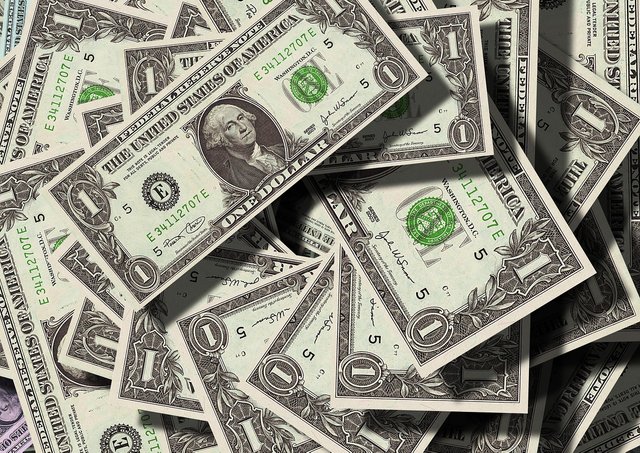Money is created through a process called monetary creation, which involves several entities such as central banks and commercial banks. Here's a simplified explanation of how money is created:
Central Bank: The central bank, such as the Federal Reserve in the United States, has the authority to create money. It does so by purchasing government securities or assets from commercial banks, which increases the reserves held by the banks.
Commercial Banks: When commercial banks receive increased reserves from the central bank, they can use a portion of those reserves to create new money through a process called fractional reserve banking. This means that banks are required to keep only a fraction of their deposits as reserves and can lend out the rest.
Loans and Deposits: When a bank lends money to individuals or businesses, it creates new money in the form of a loan. This newly created money is deposited into the borrower's account, increasing the overall money supply in the economy.
Money Multiplier Effect: The process of lending and depositing continues as the newly created money is deposited into other banks, which can then lend out a portion of those deposits, creating even more money. This process is known as the money multiplier effect and contributes to the expansion of the money supply.
It's important to note that the creation of money is regulated and controlled by central banks to maintain stability in the economy and manage inflation.
